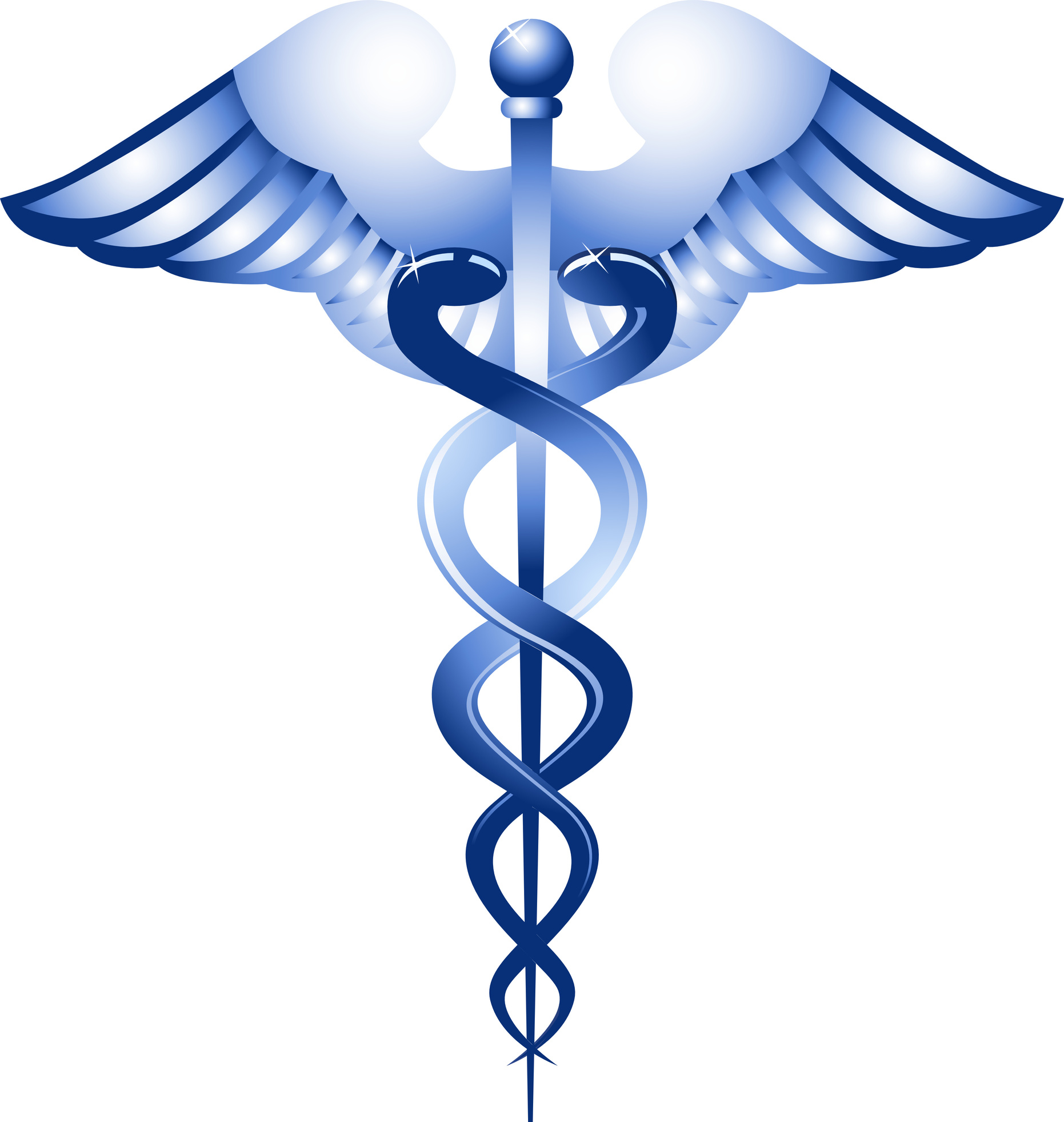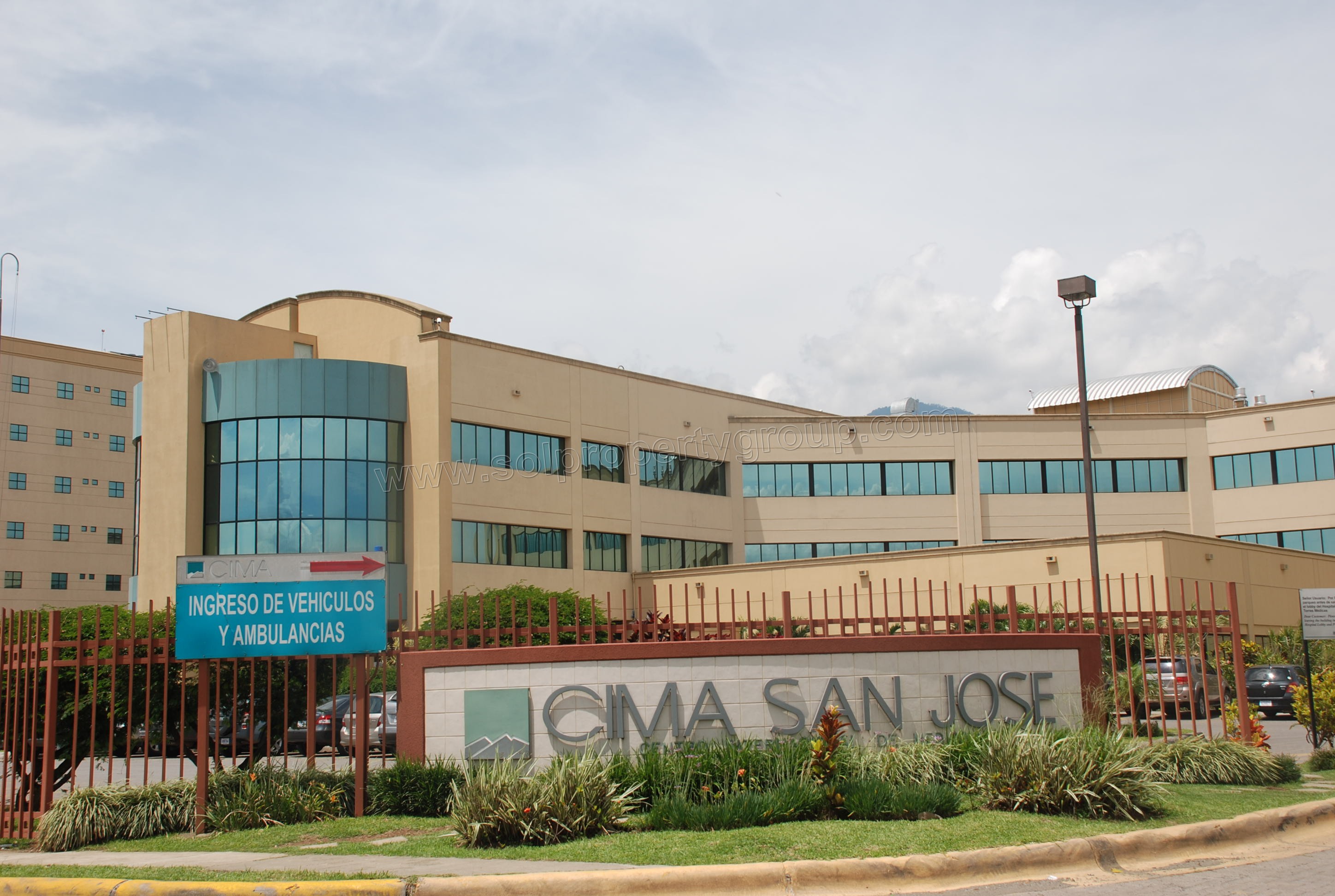Costa Rica Health – In the United States, we look at health care as a transaction with a high price and for a profit. We visit the doctor for a cure, and we buy insurance to avoid going bankrupt after a trip to the ER.
 In Costa Rica, health care is viewed as a basic human right, available for almost everyone and mostly for free. The doctor provides cures too, but along with those, also a plethora of preventative services. The majority of the population pays taxes toward the social security fund to share the cost with the government and employers. In turn, they receive medical care either for free or at a cheap rate.
In Costa Rica, health care is viewed as a basic human right, available for almost everyone and mostly for free. The doctor provides cures too, but along with those, also a plethora of preventative services. The majority of the population pays taxes toward the social security fund to share the cost with the government and employers. In turn, they receive medical care either for free or at a cheap rate.
What’s the catch? How can Costa Rica spend 9.3 percent of its expenditure on health care ($1,389 per capita), provide it for everyone and still be ranked higher in outcomes than the U.S., where we spend 17.4 percent ($9,403 per capita) yet have millions still without access?
I found the answer in my weeklong trip to Costa Rica, through the course HPA 499 led by professor Celeste Newcomb, where we visited national and regional hospitals and local clinics. It’s all about preventative care with a holistic view.
For example, we learned that some local clinics hold health fairs to promote healthy lifestyles and preventative measures to the community. We heard from NICU doctors about their breast milk banks that save premature infants from growth and immune problems resulting from only drinking formula. These are problems that are too common in our country because formula companies and hospitals can make a lot of money by not promoting the importance of breast milk. We noticed bulletin boards in every health care facility promoting solidarity as not only a cultural value and foundation of the social health system but also an idea written in the law.
Most striking was our experience shadowing the ATAPs, or mobile caretakers who visit rural homes. The health surveys they gave did resemble ones from a typical visit to the doctor in the U.S. — checking vitals, answering questions about drug and alcohol use and an overview of health concerns. What made their health exam different, however, was the comprehensiveness and reality of being right in the patients’ homes.
The patients treated them like they would a friend, with hospitality and funny banter. The ATAPs really got the whole picture of who a person was by learning about their lifestyles, families and social lives.
They asked questions like:
“Has your mom gotten a mammogram recently too?”
“Is there any domestic violence in your home?”
“How is the condition of your house? Is it at risk for a landslide?”
This is a stark contrast from the U.S. system, where doctors are paid more for spending less time with patients, and patients are encouraged to be concise in order to keep their doctor’s attention and not delay them.
On top of conducting general health surveys for the entire family, they checked houses for risk factors, such as standing water in flower pots and puddles. Instead of waiting until patients came to the clinic with Zika or malaria, ATAPs ensured future safety of currently healthy people by removing from their yards the sources of breeding grounds for mosquitoes that carry those diseases.
One of the most touching and vulnerable moments was witnessing an elderly woman breaking down and sobbing during the visit. She had just received a phone call from her son who lives far away, and she admitted that she felt extremely lonely spending so much time by herself. The ATAPs comforted her until she felt better, and as we left, they told us that they would be contacting her children to ask them to visit her more often. This demonstrated to us that they recognized that health is not just the absence of disease, but also emotional well-being.
Finally, as we neared the end of the ATAPs’ scheduled route, we saw them encounter a pregnant woman living across the street. Even though she wasn’t their patient, they took the time to vaccinate her and made sure she had no other problems.
As Costa Rica (and many other countries such as Canada, Denmark and Switzerland) proves, preventative and universal health care is the long-term solution. It may cost more now, but it’ll save billions later by promoting a thoroughly healthier population to avoid preventable problems. The U.S. has moved toward this, but we still have far to go.
Through observing their system, I changed the way I look at health care, and what health care means to me has changed in turn. As a future physician, I aim to incorporate this into the way I practice and in my mission to help improve our health care system. Only by learning from each other can we gain different perspectives and take the best step forward.
Michelle Lai is a senior at Penn State studying biology and health policy and administration and is heading to Mount Sinai Icahn School of Medicine in the fall. She can be reached at mql5392@psu.edu
BY MICHELLE LAI, From Central Daily

